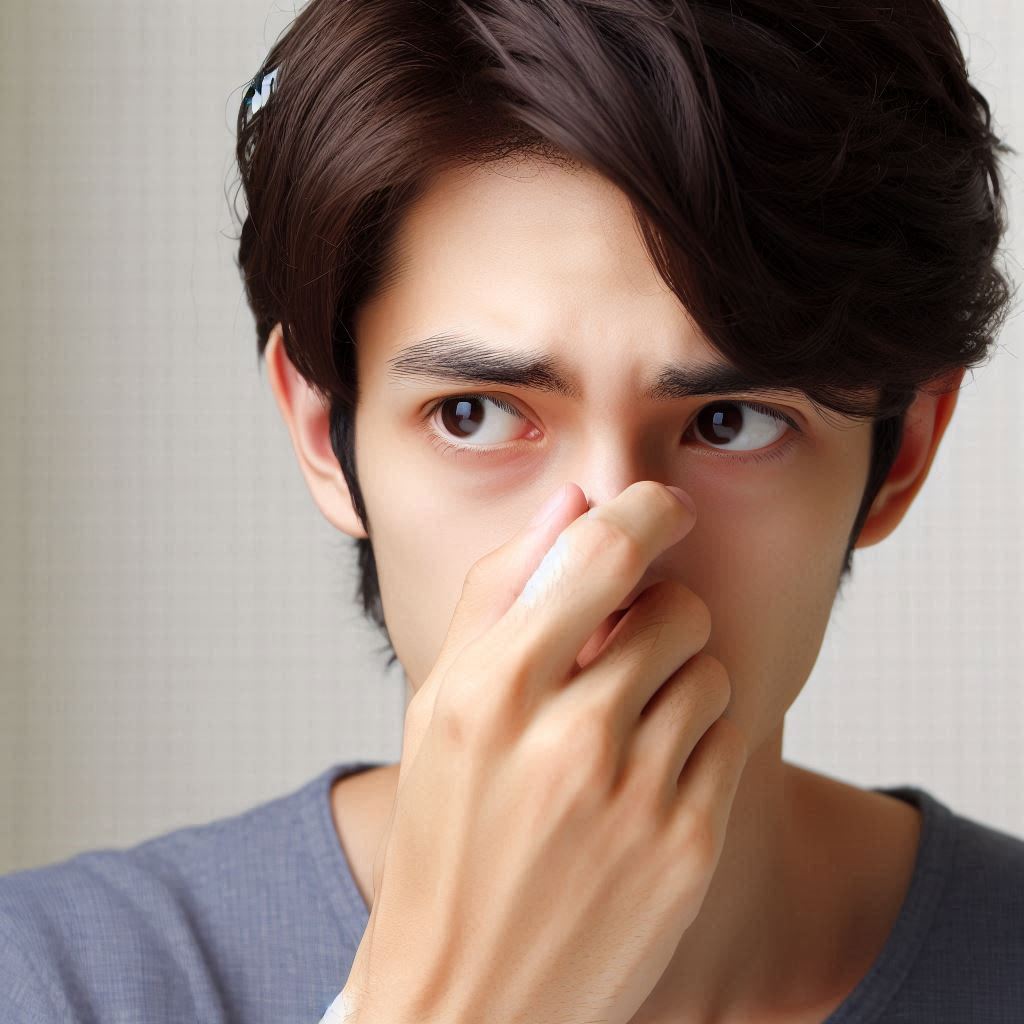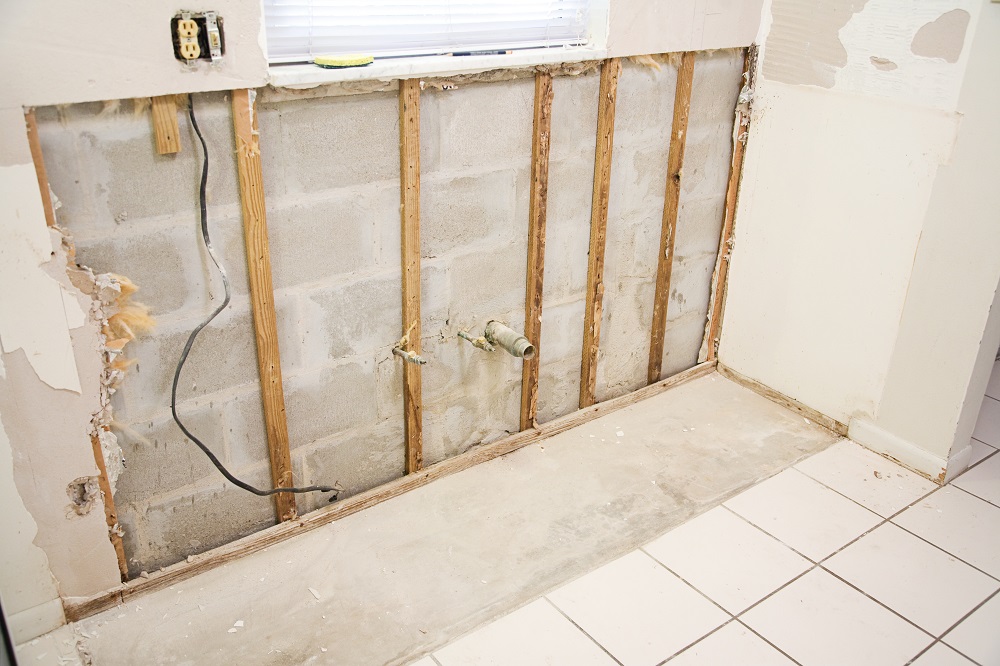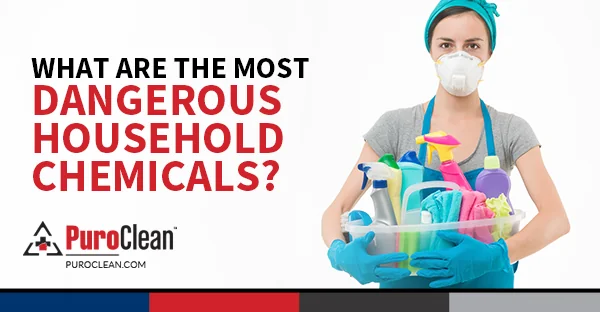Table of Contents
Introduction To What Is Biohazard Odor
We understand the importance of a clean and healthy environment, and we’re committed to delivering exceptional results.

When You Experience Bad Odor Around You
Biohazards, such as bodily fluids, decomposing organic matter, or hazardous chemicals, pose significant health risks and often leave behind strong, persistent odors. Addressing these odors is not only a matter of comfort but also safety, as lingering bio-hazardous odors can indicate the presence of harmful contaminants.
When disaster strikes, PuroClean Disaster Restoration is here to help you rebuild your life. For immediate assistance with Bio-hazard Clean up, contact PuroClean Disaster Restoration, Call (+1) 317-467-4436.
Where Does Biohazard Odors Come From?
Biohazard odors come from organic or chemical materials that release volatile organic compounds (VOCs) as they decompose. These volatile organic compounds are responsible for the strong, often unbearable smells that can permeate an environment after an incident involving a biohazard.
- Decomposition: Decomposition: Decomposing bodies, animal carcasses, or organic waste produce potent odors that can permeate walls , floors, and furniture.
- Bodily Fluids: Blood, urine, vomit and other bodily fluids can carry bacteria and pathogens that produce foul smells.
- Chemical Spills: Certain chemicals, especially in industrial settings, can emit toxic odors that require specialized deodorization techniques. Some chemicals are subconsciously harmful to anyone around especially when used on buildings as paints and could affect the respiratory system.
According to Chemscape , in order to understand the severity or the long term effect of strong chemical odors in the house, which on the long term affects the lungs. This happens through inhalation of the chemicals into the body.
When disaster strikes, PuroClean Disaster Restoration is here to help you rebuild your life. For immediate assistance with Biohazard Cleanup, contact PuroClean Disaster Restoration, Call (+1) 317-467-4436.
The Risks of Ignoring Biohazard Odors
Biohazardous odors are not merely unpleasant: they often indicate the presence of dangerous pathogens or chemicals that can pose severe health risks. Inhalation or exposure to these substances can lead to respiratory issues, allergic reactions (for example; sneezing or catarrh) or infections such skin rash, dry skin or sudden inflammation of the eye. Therefore, it is crucial to address both the source of the odor and the odor itself to ensure a a safe environment.
6 Ways to Deodorization Biohazard Smell
Biohazard deodorization is a specialized process that involves not only neutralizing odors but also decontaminating the affected areas to remove harmful substances. Here are the key steps involves in professional biohazard deodorization:
- Assessment and containment: the first step is to assess the extent of the contamination and contain the affected area to prevent the spread of harmful substances.
- Source Removal: This involves the safe and thorough removal of the biohazardous material, which may include blood, fluids, or decomposing organic matter.
- Decontamination: Using industrial-grade disinfectants, technicians decontaminate the area to kill bacteria, viruses and other pathogens.
Other Ways to Deodorize Biohazard Smell Around The House
- Odor Neutralization: Specialized equipment and chemicals, such as ozone generators, hydroxl generators and thermal foggers are used to break down and neutralize the odor-causing molecules.
- Air Purification: High-efficiency particulate air (HEPA) filtration systems are employed to remove airbone contaminants and further purify the air.
- Final Inspection: The area is thoroughly inspected to ensure that all biohazardous materials have been removed and the space is safe for reoccupation.
The Difference Between DIY Versus Professional Biohazard Deodorization.
While some minor biohazardous odors can be addressed with over-the-counter products, most cases require professional intervention. Whereas, DIY also known as Do-It-Yourself methods often fail to address the underlying contamination, leading to persistent odors and potential health risks.




 PuroClean Disaster Restoration
PuroClean Disaster Restoration